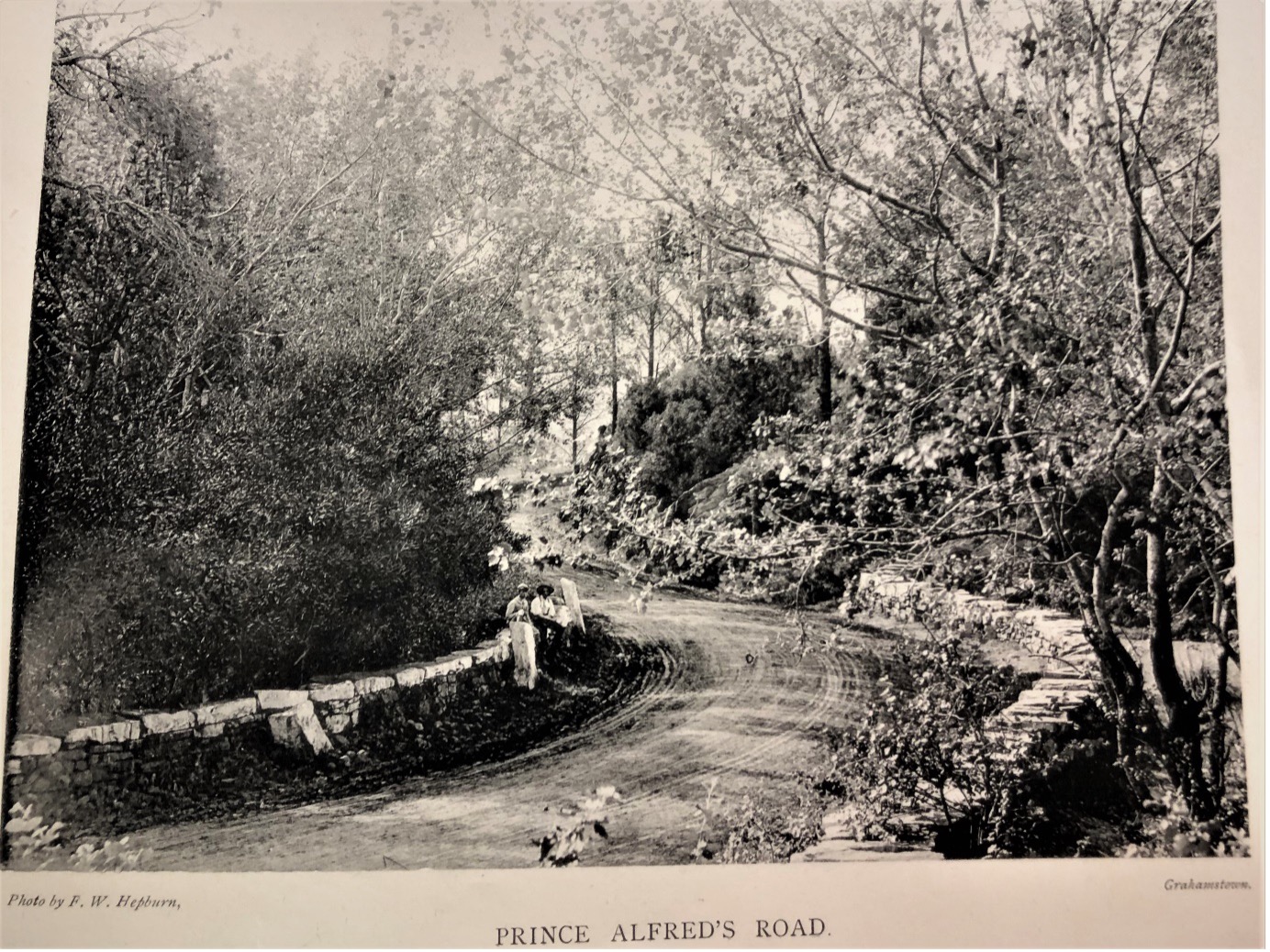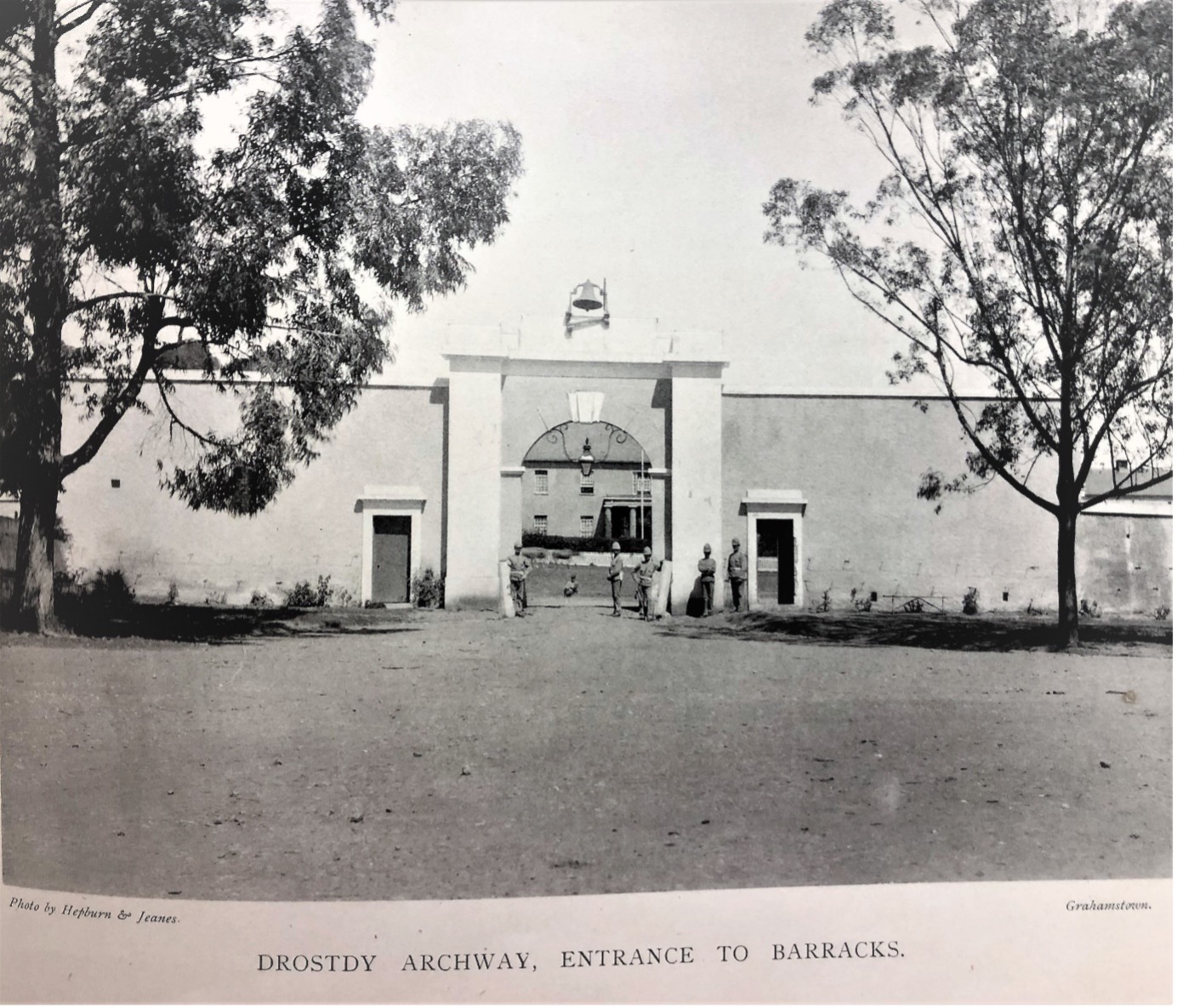By BUHLE NTUSI
The richness of Makhanda’s history and culture is one of the few things that gives our town a haunting charm. As histories are passed on, from the lips of one generation to the ears of the next, they are told less like stories and more as legends.
In my four years of living in the City of Saints, the legend that has fallen unto my ears is this: Over the past few decades what was once Makhanda’s sole crematorium had been repurposed and is now a women’s residence.
Obviously, I had to exhume the truth of such a story.
Since the arrival of British settlers in 1820, Makhanda has had a lengthy military history that stems from its colonial past. Most of what is now Rhodes University was the Cape Corps barracks where military personnel, especially soldiers, were housed.

As the town expanded and the population grew, so did the need for medical care. In its early years, Fort England was a general hospital that cared for all patients in need. In 1883 it was decided that the aged, chronically ill and infirm were to be moved from Fort England as it was about to become the mental health facility that it is known as today. A new hospital – called the Chronic Sick Hospital – emerged and was placed in the barracks on Prince Alfred Street. It was later named the Prince Alfred Infirmary because of its location.
According to Fleur Way-Jones, a History Curator at the Albany History Museum, the Prince Alfred Infirmary continued to house patients that were suffering from yellow fever, diphtheria, tuberculosis and of general old age until 1977, when the last death at the hospital was recorded. In a Grocott’s Mail article published in 1930, the patients are described as maimed but cheerful.
According to the article: “The men at Prince Alfred Infirmary are fighting old age with cheerful and sturdy vigour of mind, others making the most of what remains to them after permanent physical injury as the result of illness and accident.”

In the records and archives belonging to the Inggs Funeral Home, cremations only sporadically appear from the 1960s onwards. “All the cremations were taken to Port Elizabeth. If there was a crematorium in Grahamstown it would have been much more official. Cremation is a fairly new practice,” explains Way-Jones.
After more than 100 years of providing healthcare, the Prince Alfred Infirmary closed its doors in the late 1970s when Rhodes University began its expansion. Way-Jones recalls being a part of the archaeology team at the Albany History Museum that archives historical artifacts.
“We did a dig in the 90s around the area as it was being cleared for the building of residences. It was a race against the bulldozer but we found enamelware like basins, jugs and medical bottles,” said Way-Jones.
Alas! The crematorium story is not a legend but a myth.
However, the truth is that the Prince Alfred Infirmary was indeed the final resting place for many of Makhanda’s residents. This has not changed – though the rest and leisure is of a different kind for the Rhodes University students who reside there today.
See also: https://8thouse.wordpress.com/



